Most people know Afghanistan as the war-torn country due to the conflict between the U.S. Government, the Al Qaeda group and the Taliban government that protects it. Afghanistan has especially been the center of news reports after the 9/11 attacks that shook the whole world.
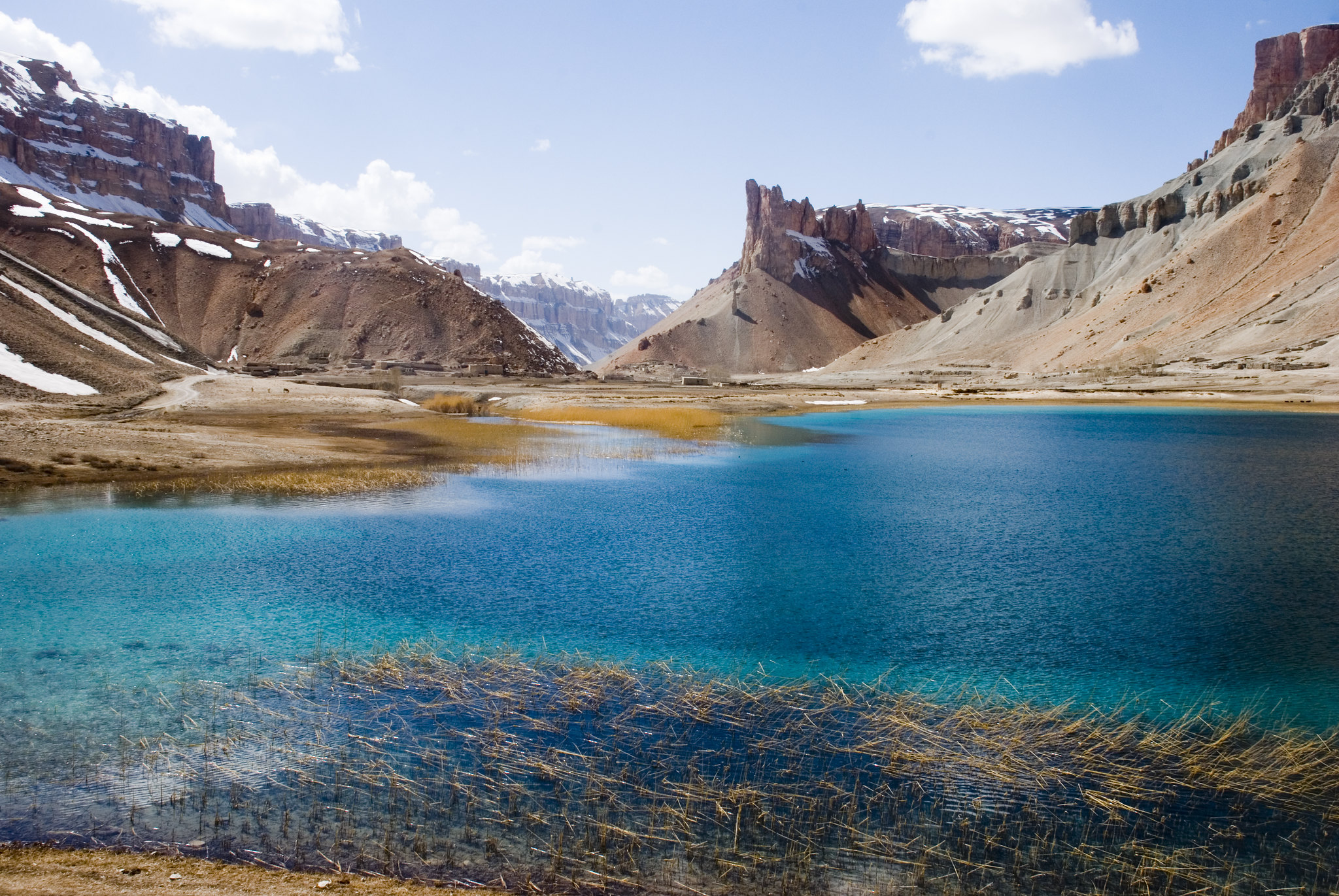
However, what we don’t know about this Middle-Eastern country is that underneath stories of terrorism and airstrikes is a lively community and a thriving culture despite the challenges that its people have experienced over the past seventeen years.
In this article, you’ll find some of the reasons why Afghanistan should be on your bucket list.
Table of Contents
Key Cities in Afghanistan
Kabul – Once considered as one of the fastest-growing cities in the world, during recent times Kabul, Afghanistan’s capital and largest city, has survived much of the war that took over the country for a long time. Within the city, you’ll find parks, museums, and plenty of other admirable spots that will leave you in awe.
Balkh – “The Mother of Cities” as dubbed by the Arabs is one of the oldest cities in the entire world and has been destroyed more than once by conquerors like Genghis Khan and Timur-i-lang. It was also once part of the famous Silk Road and has a strong Buddhist influence which is evident in its ancient buildings.
Kandahar – Way back during the times of Alexander the Great, this place was called Alexandria Arachosia which the king founded himself. It was once a key player in the trading industry back in the day and was an important place for the Pashtun people of the country.
Bamyan – This central Afghanistan city has a mixture of influences from the Turks, Greeks, Persians, Indians and even Chinese due to the Buddhist expansion. It’s also the center of Hazarajat, the home of the Hazara people. These Shia Muslims have been terrorized by the Taliban in the past.
Nowadays, their region is open to tourists despite the lack of an easy mode of transportation to the area.
Herat – This city is located near Iran and Turkmenistan, which is why they’re a portion of its population speak Farsi and can identify with Iran more than with the rest of Afghanistan. It is an ancient city with great historical places dating back to thousands of years. Today, Herat is famous for its artisan workshops.
What You Should Do in Afghanistan
1. Hang out by the Garden of Babur
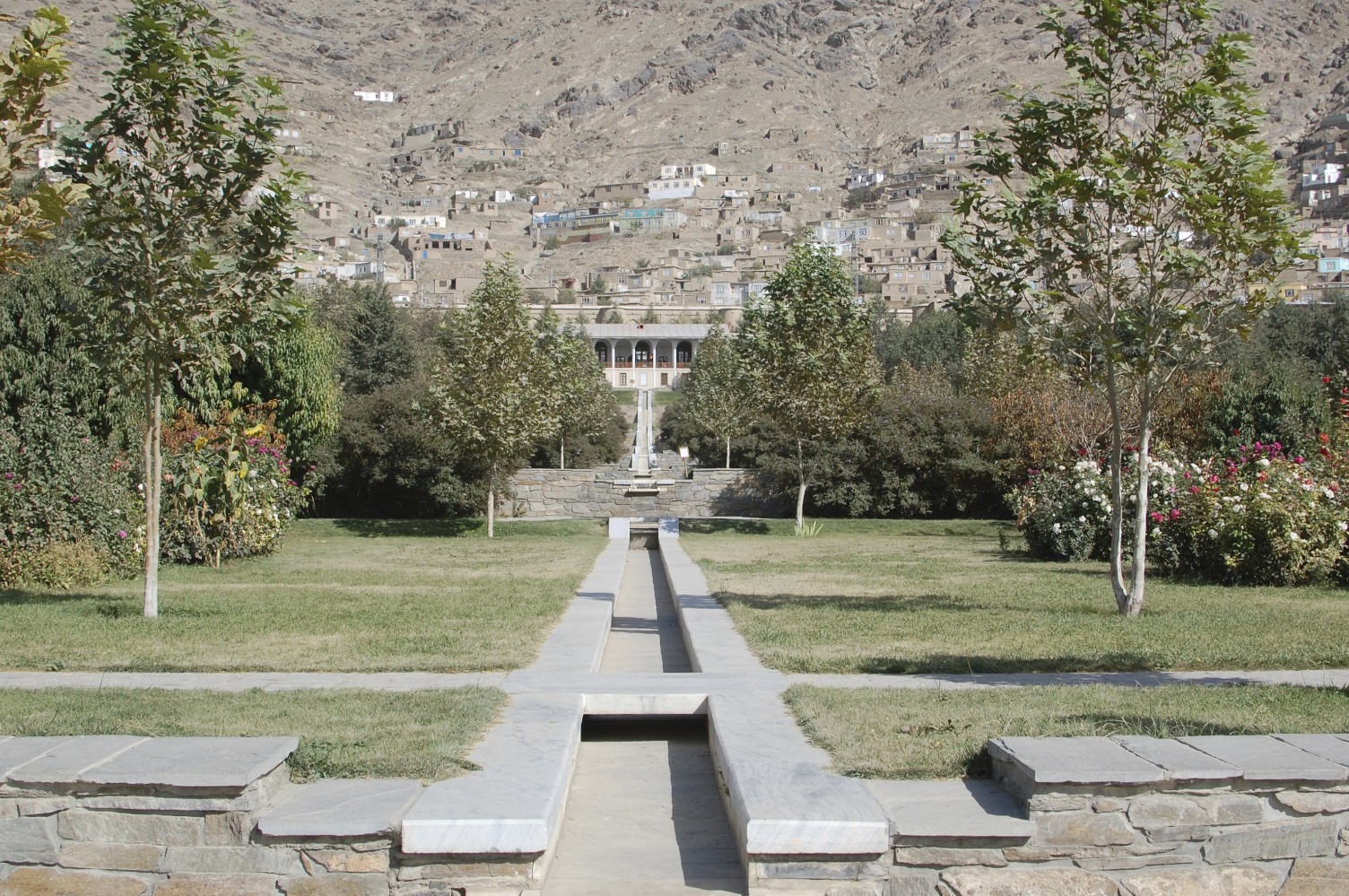
Despite the decade-long war tearing most of the country’s most prized possessions, Kabul was still able to recover some of its most historical sites like the Garden of Babur, thanks to agencies like the Aga Khan Development Network who helped them restore it. After the war has torn much of the garden beyond recognition, they were able to bring it back to its glorious state and has since been a destination for travelers and locals wanting to have a peaceful time in the middle of busy Kabul.
This is also a significant part of history as this is where Babur, the Mughal king, was finally laid to rest.
2. Know more about history at the Kabul Museum
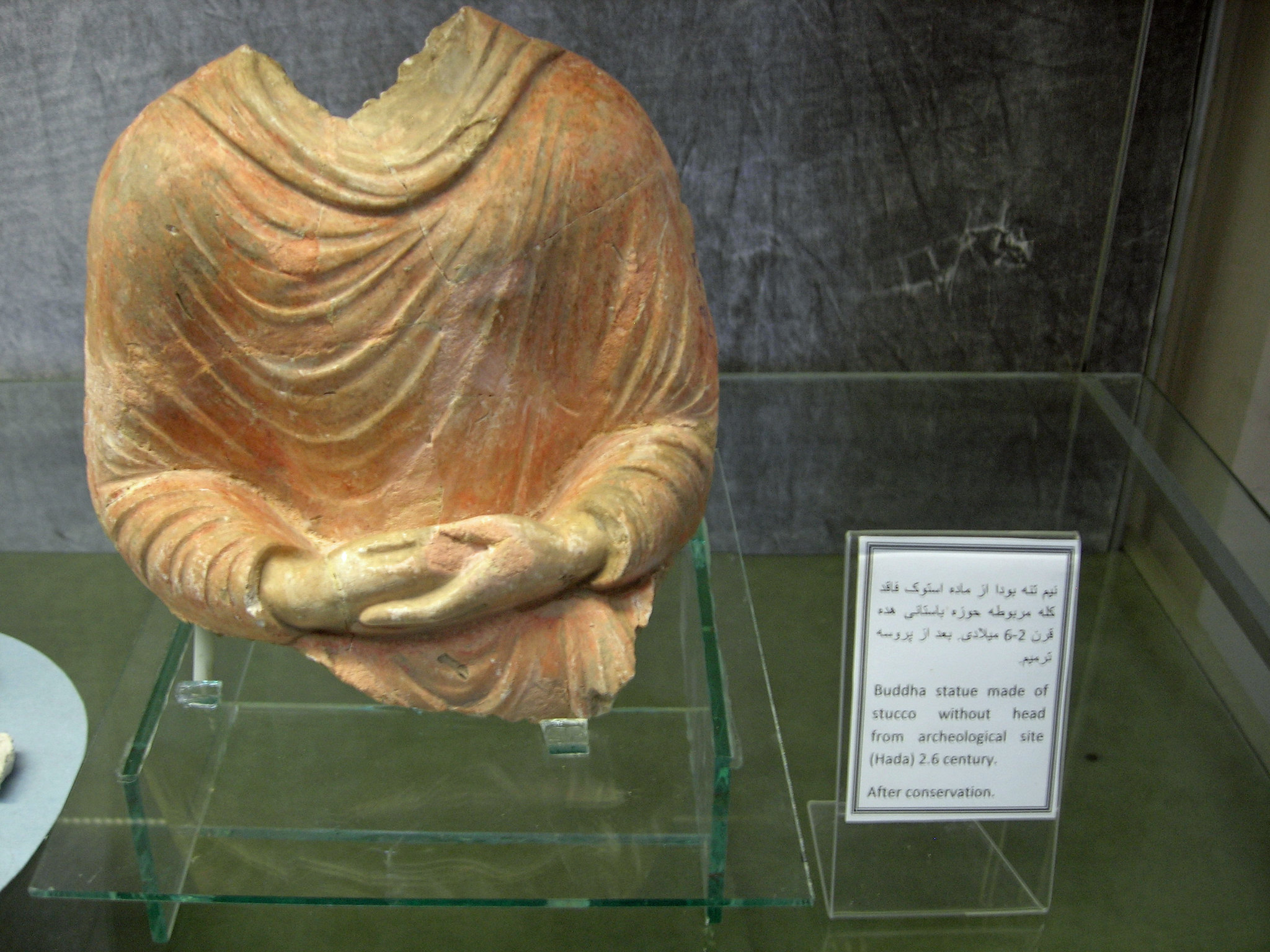
Even with the constant effort of numerous people to destroy much of the artifacts that the Kabul Museum houses, you’ll still be surprised by the number of important pieces of history this resilient museum holds. It’s filled with statues of Buddha, wooden deities and ancestors from the Nuristani ethnic group, giving us a peek into the region’s pagan roots.
Security can be tight when going to the museum nowadays, but the wait to enter this magnificent piece of Afghan history is all worth it. When entering, you’ll be welcomed by a sign that says “A nation stays alive when its culture stays alive”. And with everything that the museum and the whole Afghan nation has been through the past few decades, never have truer words been spoken.
3. Shop ‘til you drop at Chicken Street
Don’t let the name fool you for the Chicken Street isn’t home to mouth-watering dishes, but to rows of shops selling Afghan handmade rugs, jewelry and gems like Afghan Lapis Lazulis. You’ll surely be able to put your bargaining skills to test when you visit this place.
4. Marvel at the sight that is the Friday Mosque
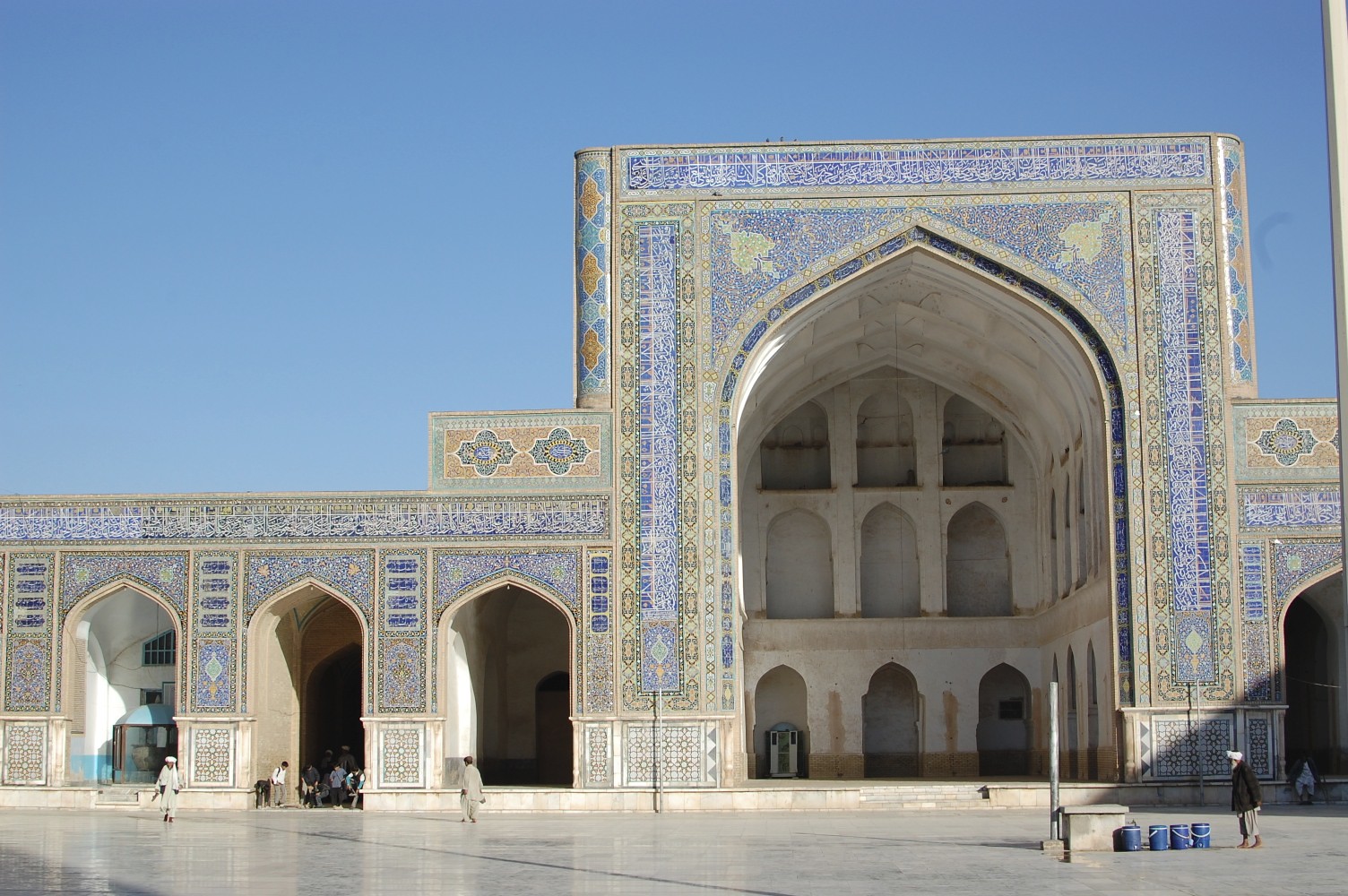
This 800 something-year-old mosque is one of the greatest you’ll ever find within the heart of Asia. You won’t be able to resist taking photos (except for when it’s prayer time!) of the colorful mosaic of tiles covering the massive mosque in Herat which is a product of the mosque’s tile craftsmen who’s been working on this project since the 1940s. You may also pay a visit to the tile craftsmen who’ll be more than happy to show you how their intricate artwork is being made.
Another note-worthy mosque within Afghanistan is the Blue Mosque at Mazar-i-Sharif. Similar to the Friday mosque, this beauty also attracts tons of tourists from all over with its colorful facade.
5. See the breathtaking beauty of Band-e-Amir
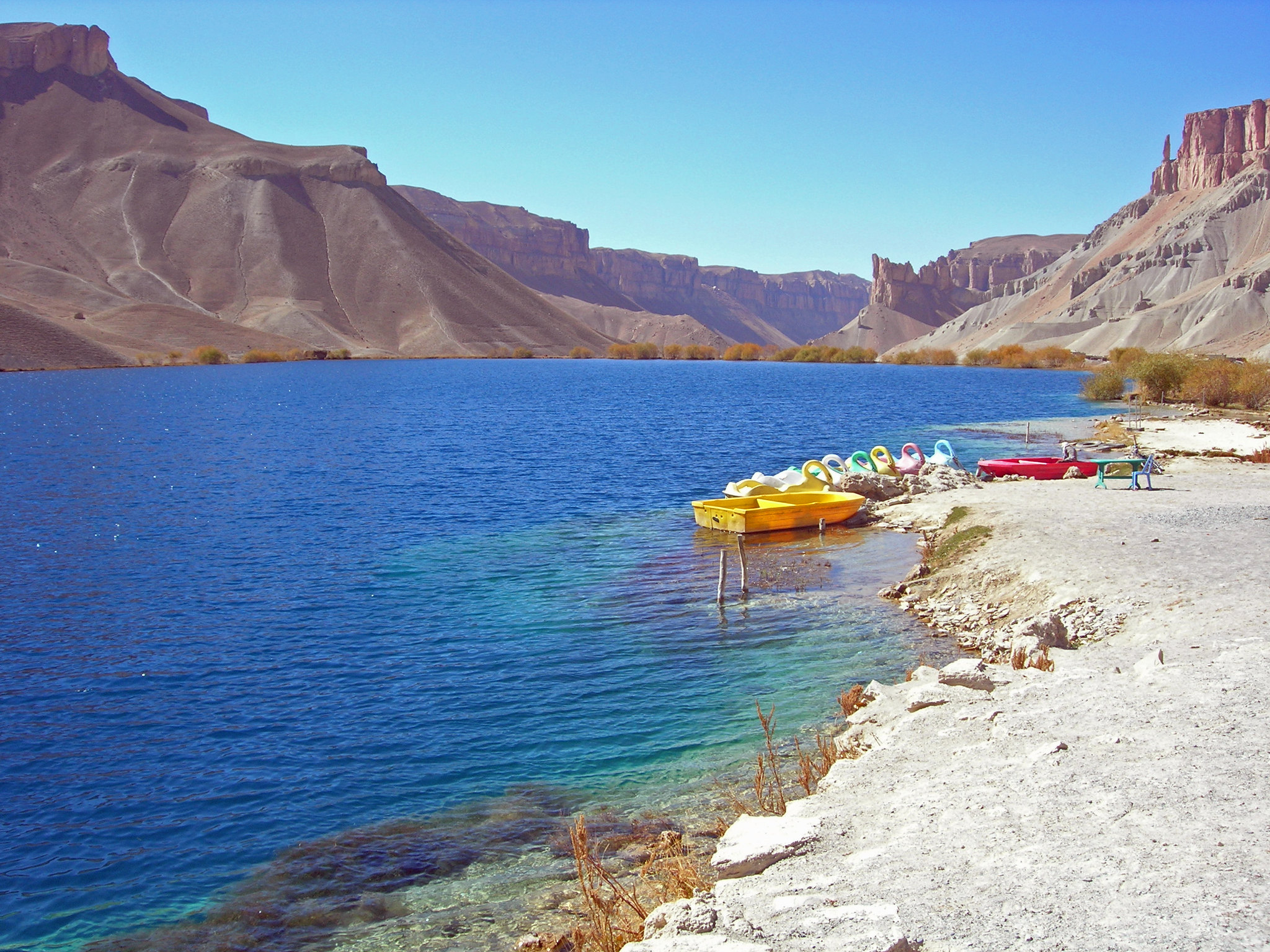
Famously known in Afghanistan as its first national park, Band-e-Amir is a group of six stunning blue lakes within the Bamiyan province. It might be quite a tiring travel up to where the park is located, but once you see its crystalline waters, you’ll get so smitten.
There’s a part behind a structure called the Tomb of Amir where women can take a bath in the lake in peace and away from prying eyes. It is said that the water from the lake can cure someone’s diseases. There’s also a part where one can drink freshwater of a spring.
6. Travel through one of the world’s highest tunnels
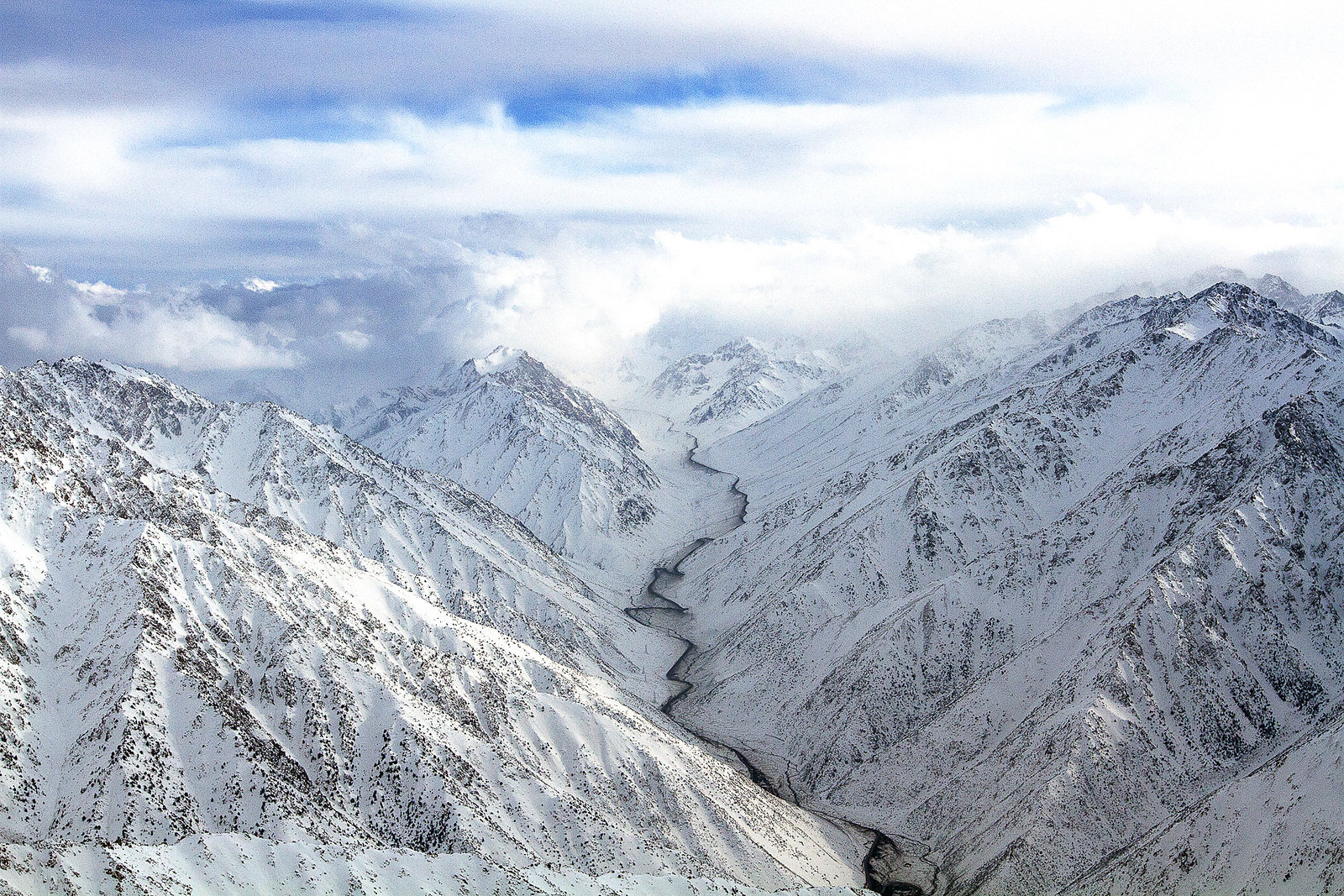
Take a ride through Salang Pass, the road that connects Kabul to Northern Afghanistan and let your eyes feast on the views of the snow-capped Hindu Kush Mountains before you enter the actual Salang Tunnel which is elevated at 3,400 meters.
7. Witness a round of Buzkashi
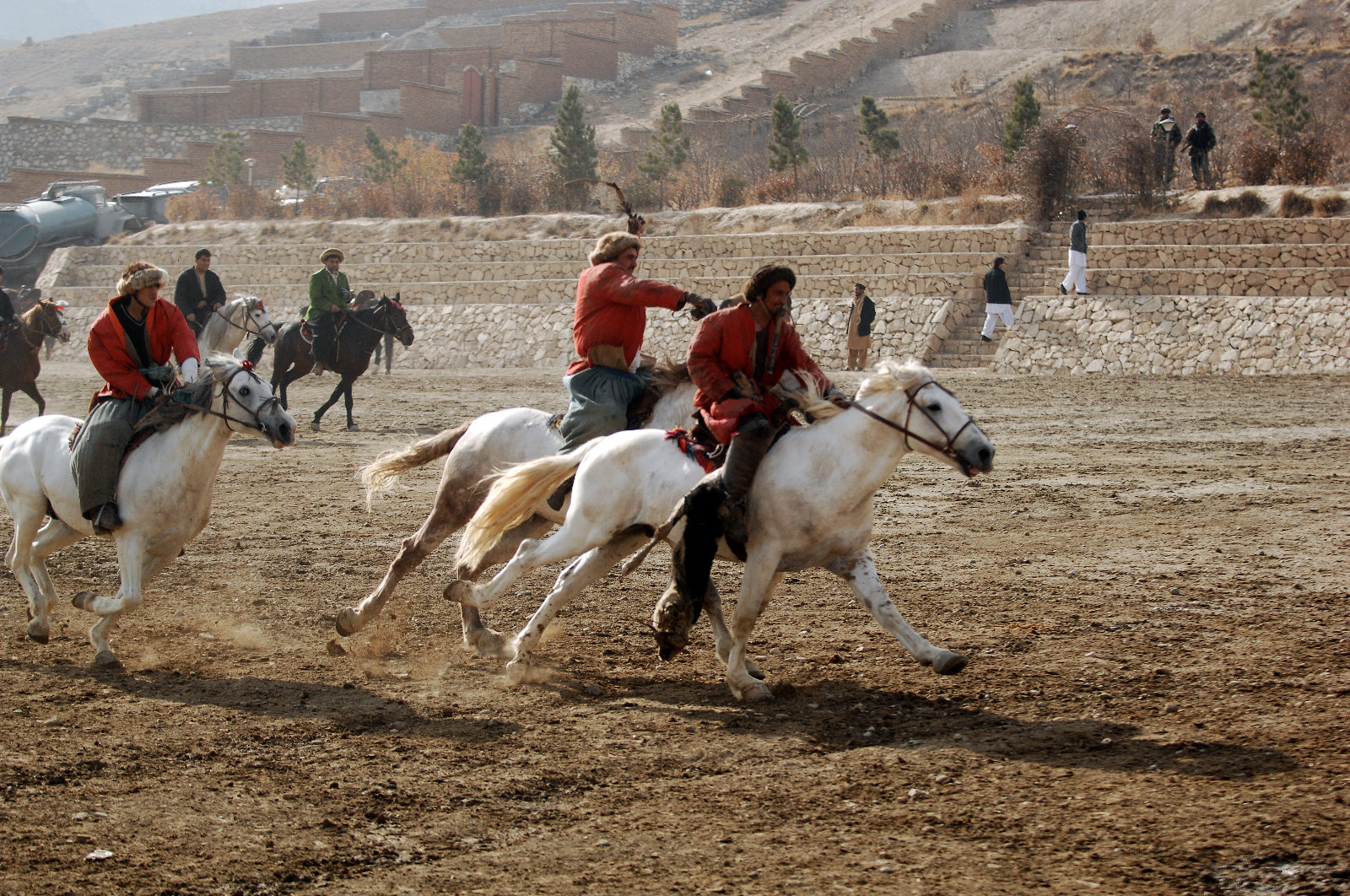
Afghanistan’s national game isn’t like most of the games we’re used to seeing in arenas and fields although the mechanics sound somewhat familiar. In a game of buzkashi, a team of horse riders will make a point once they get the ball to the other team’s base. But instead of an inflatable piece of rubber bouncing around the court, they have a headless carcass of a goat to place in the goal.
This game is also played in other Asian countries like Uzbekistan, Kyrgyzstan, Kazakhstan, and Tajikistan. Despite its apparent danger, this nomadic sport is still very much alive in Afghan culture.
What You Should Know Before Visiting Afghanistan
Before planning a trip, it’s still important to check your country’s travel advisory to Afghanistan. Some countries, like the US, has issued a travel ban to the country due to its tumultuous history and the risk of terrorist attacks.
Despite these warnings, however, Afghanistan is still open to tourists, but it’s really important to be cautious as to where you’ll be traveling. Some online forums and comments suggest that travelers who wish to see more of Afghanistan join organized tours instead of traveling solo.
When getting to Afghanistan, a lot of people are advising against traveling by land for obvious reasons, no matter how possible it could be. The safest way to go is by plane to any of its airports such as Hamid Karzai International Airport and Herat Airport (which is mainly used for Iran-Afghanistan flights).
The country’s national airline is Ariana Afghan Airlines but other major players in the aircraft industry like Emirates stop by the country as well.
To be eligible to stay as a tourist in Afghanistan, you must apply for an Afghan visa which is valid for 3 months upon entering the country. You can only stay within Afghanistan for 30 days for a single entry visa.
Now one of the biggest questions you probably have is if it’s safe to travel to Afghanistan. To be very honest, some areas are still considered dangerous, not just for travelers but for the citizens as well. However, it’s relatively safer in bigger cities like Kabul.
That doesn’t mean you won’t have to be vigilant when going around town, though. When traveling in Afghanistan, you still have to be extra careful. Just like traveling to other cities with areas that are quite risky for travelers, make sure that you keep your eye out on your belongings and your surroundings. Avoid traveling alone outside the cities especially during the night.
When paying for things in Afghanistan, they use Afghani, their local currency. You can have your money exchanged at counters in the airport or within major cities. Paying with cards, however, proved to be extremely hard as POS isn’t available in the country. If you need to, you can also withdraw money from the local ATMs for a certain fee.
It is hard to name a single language being spoken in the country as they are made up of many tribes. The biggest ones are Pashto-speaking Pashtuns and Farsi speaking Tajiks. It’s not easy to find someone who speaks English, so it will be useful to have a few basic Farsi phrases handy when you’re traveling.
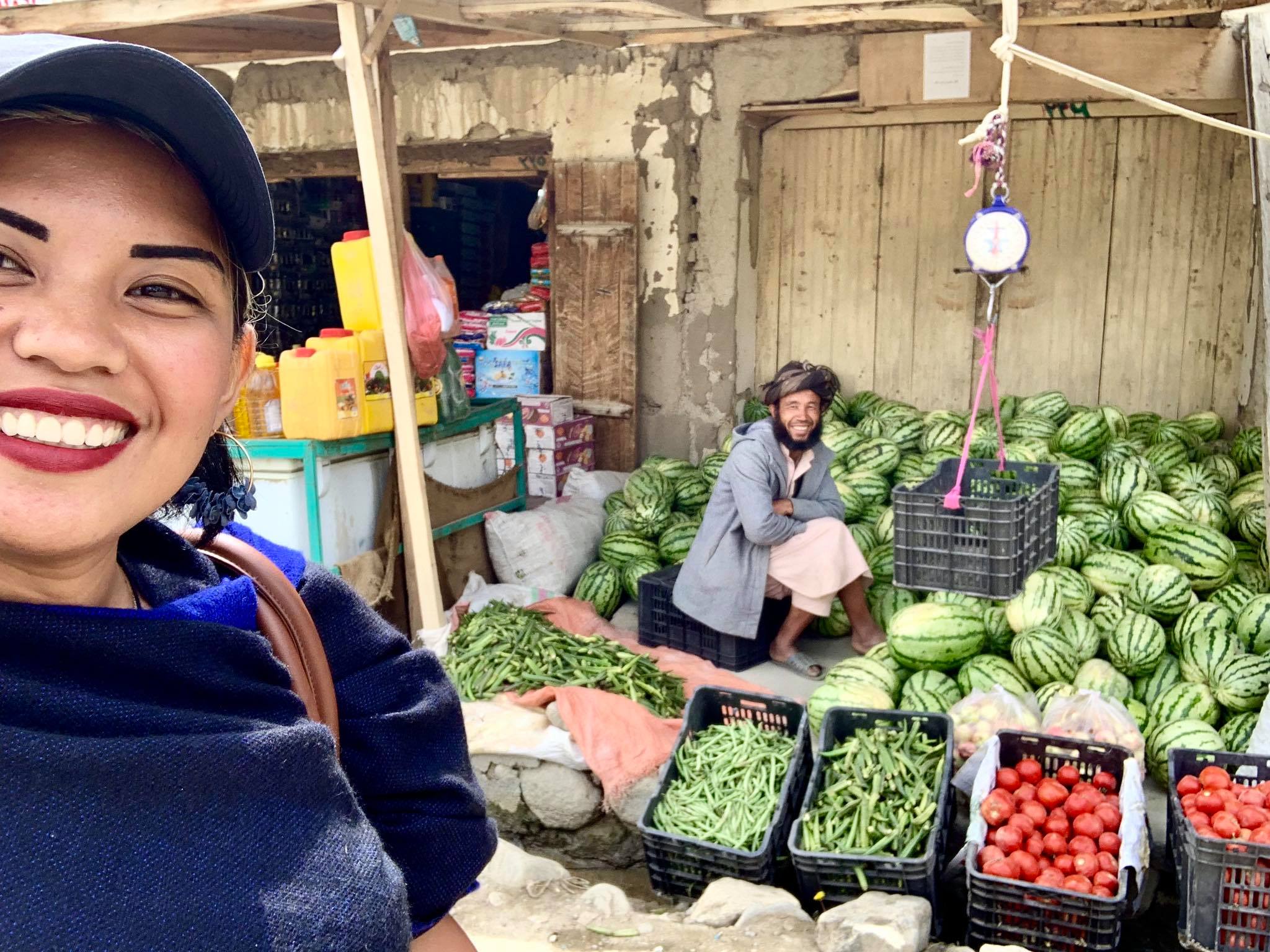
Another thing that you must pay attention to when going to Afghanistan is the way they dress. Afghanistan is a pretty conservative country, so it’s best to respect their culture by dressing appropriately. If you’re a woman, you must cover your head, especially when entering places of worship. You can also turn to their traditional clothing, salwar kameez, especially during the summer. They are readily available in stores around Kabul.
To communicate with your family and friends from around the world while in Afghanistan, you can use a local sim card for calling and sending text messages. 3G internet is also provided by some local networks for a fee.
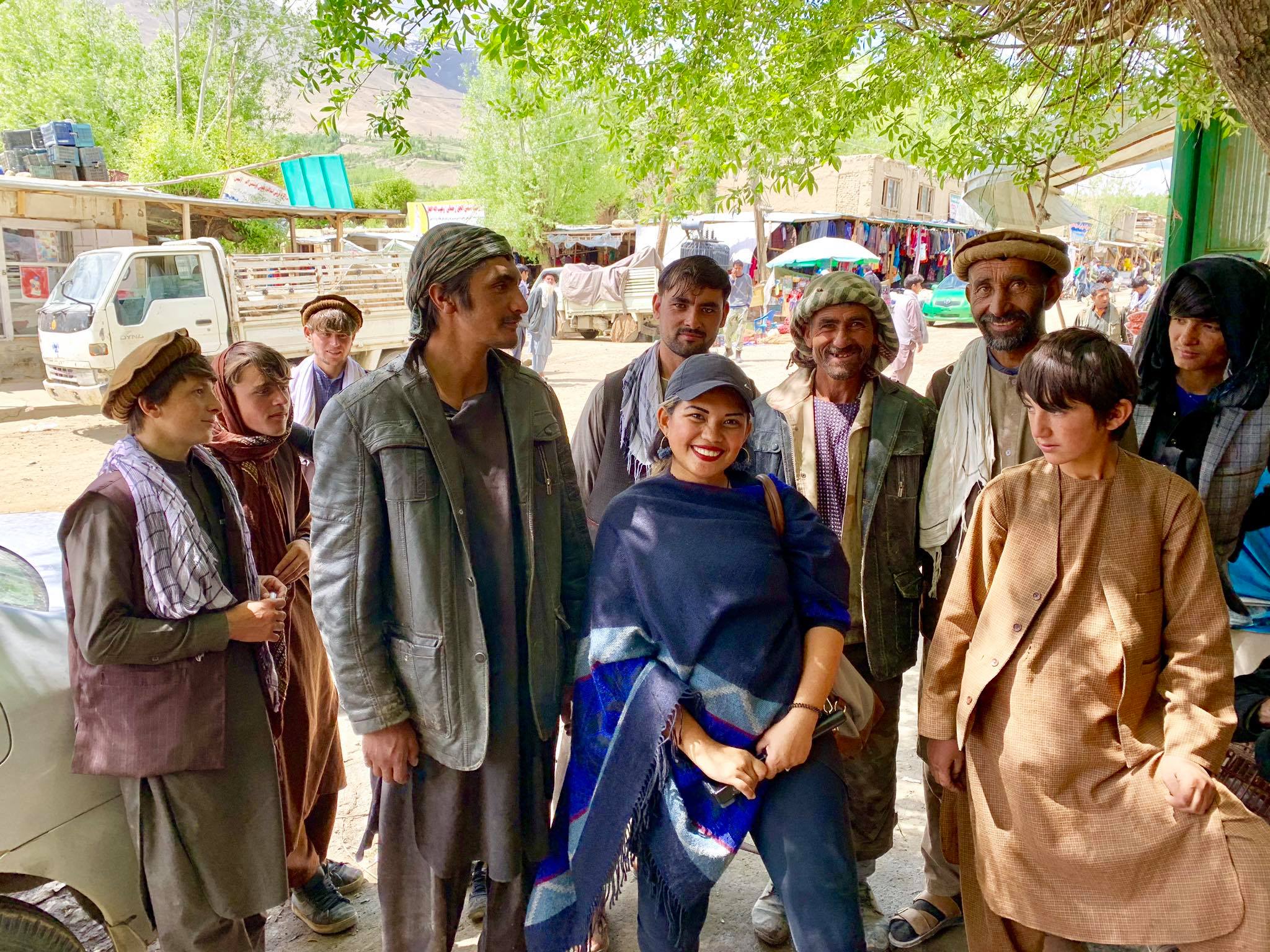
If you’re already set on traveling to Afghanistan, it’s best to plan your trip during the spring season from March to June so you can avoid the harsh conditions of both the summer and winter seasons. Due to its location and topography, enduring these opposites can be quite unbearable for tourists.
It’s sad to think that Afghanistan is always painted by the media and by the recent events that transpired within its borders as a hazard to most people. However, just like the signage outside the Kabul Museum says, “the nation is alive when its culture stays alive”. So as long as the culture of resiliency and endurance is prevalent in every Afghan, the entire future of the nation will only go upwards and forward.

Are you on Pinterest? Pin these!
The original content (article & images) is owned by Two Monkeys Travel - Contributor. Visit the site here for other interesting stories.
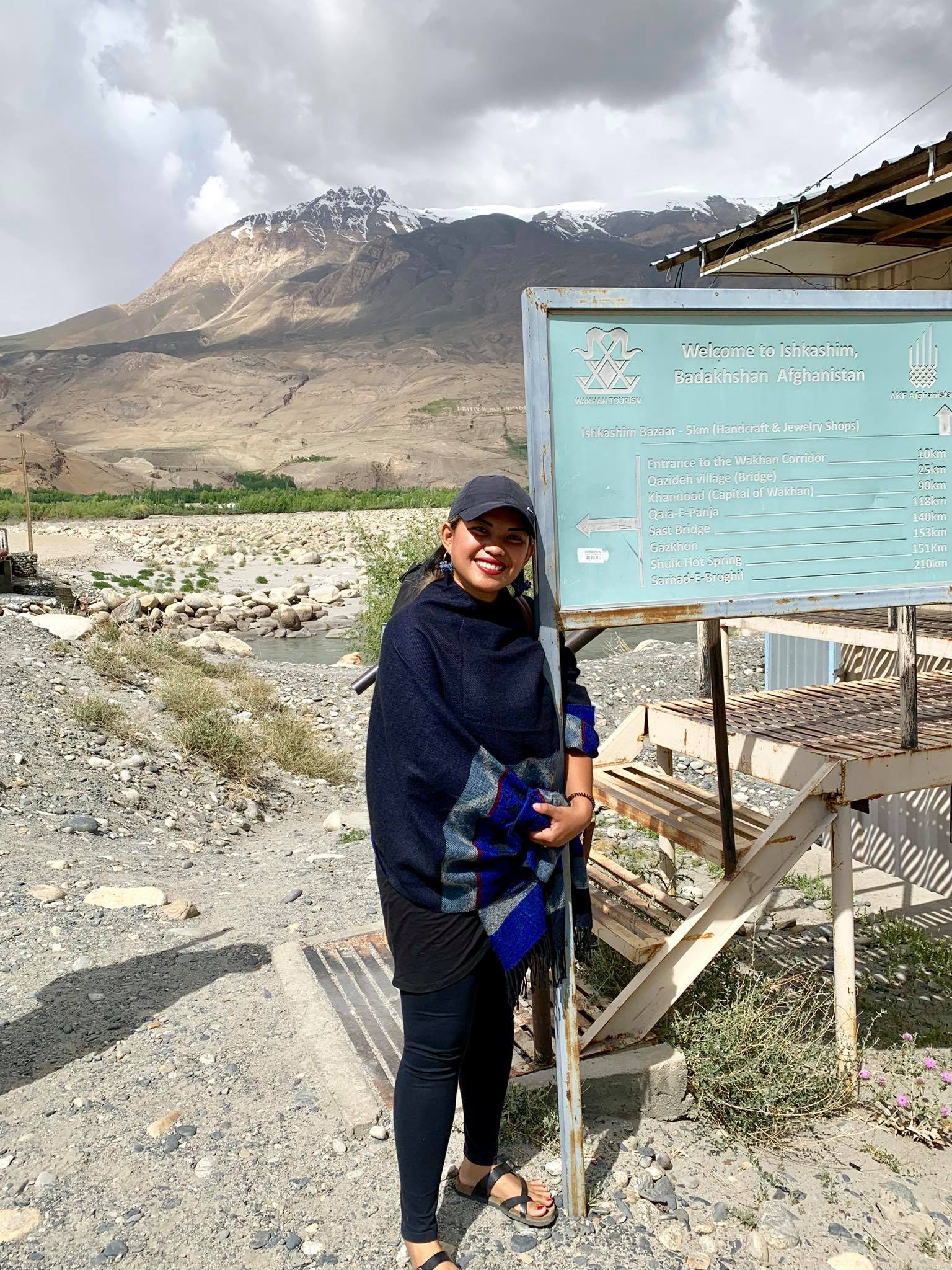
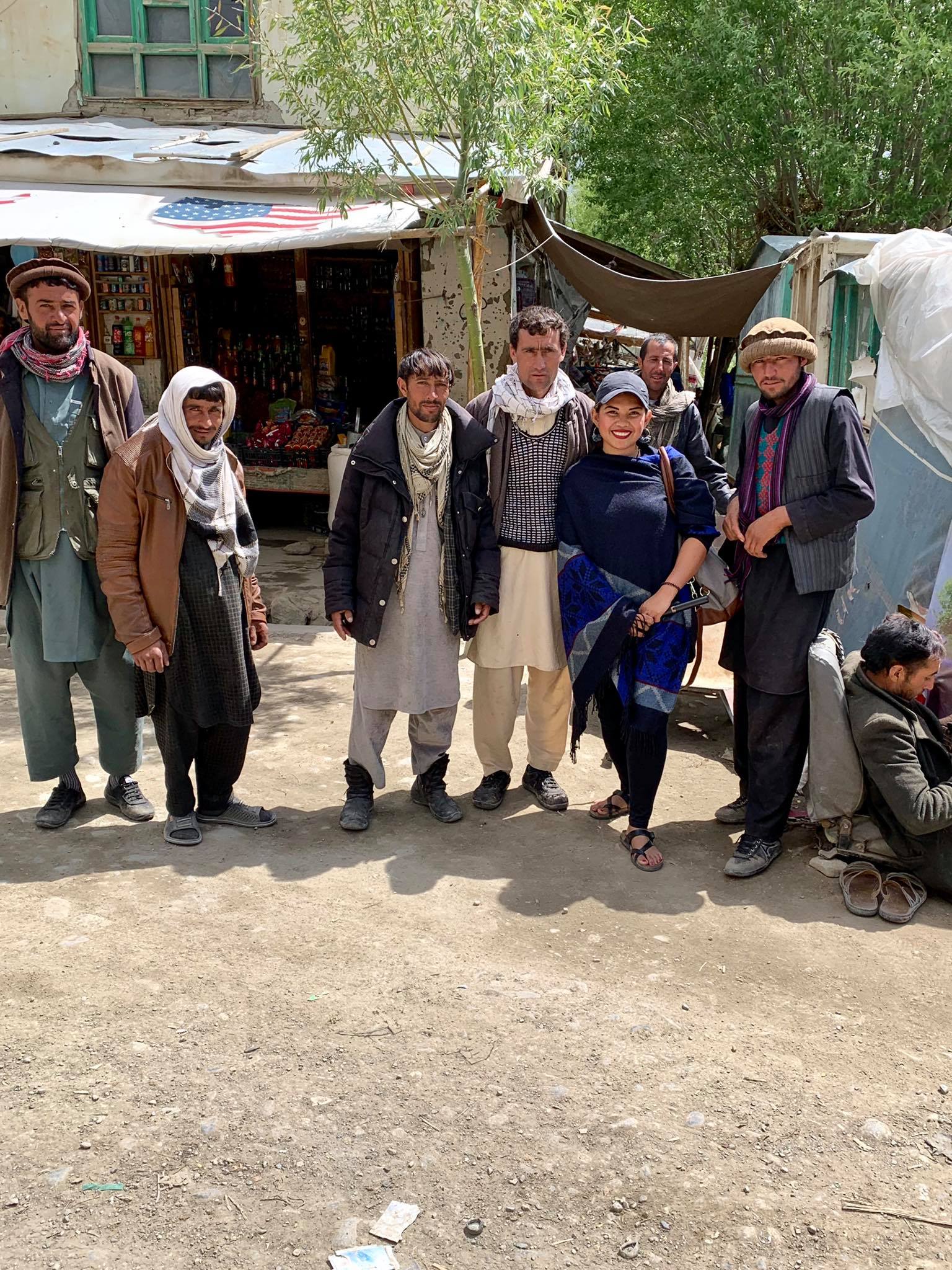
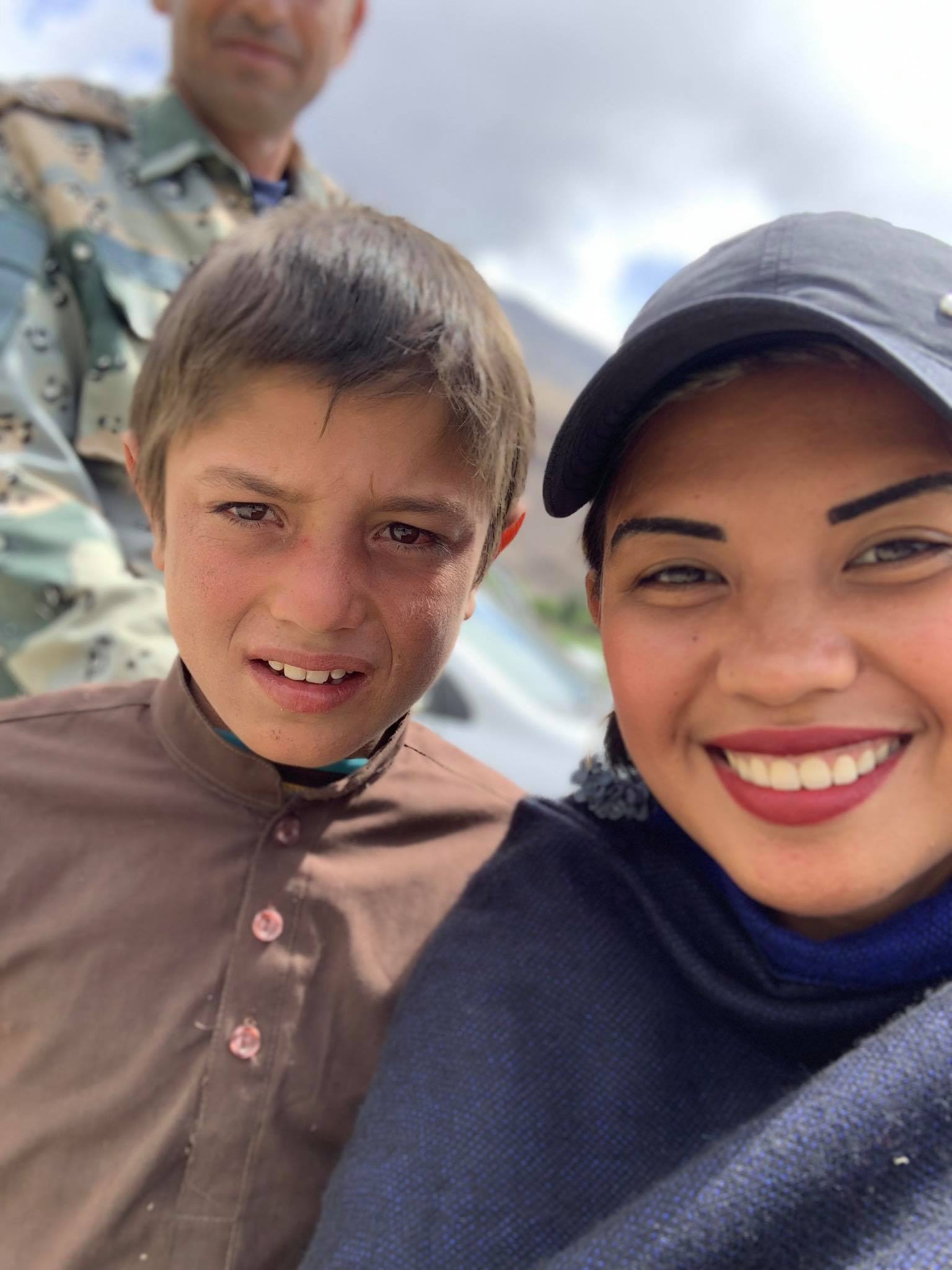
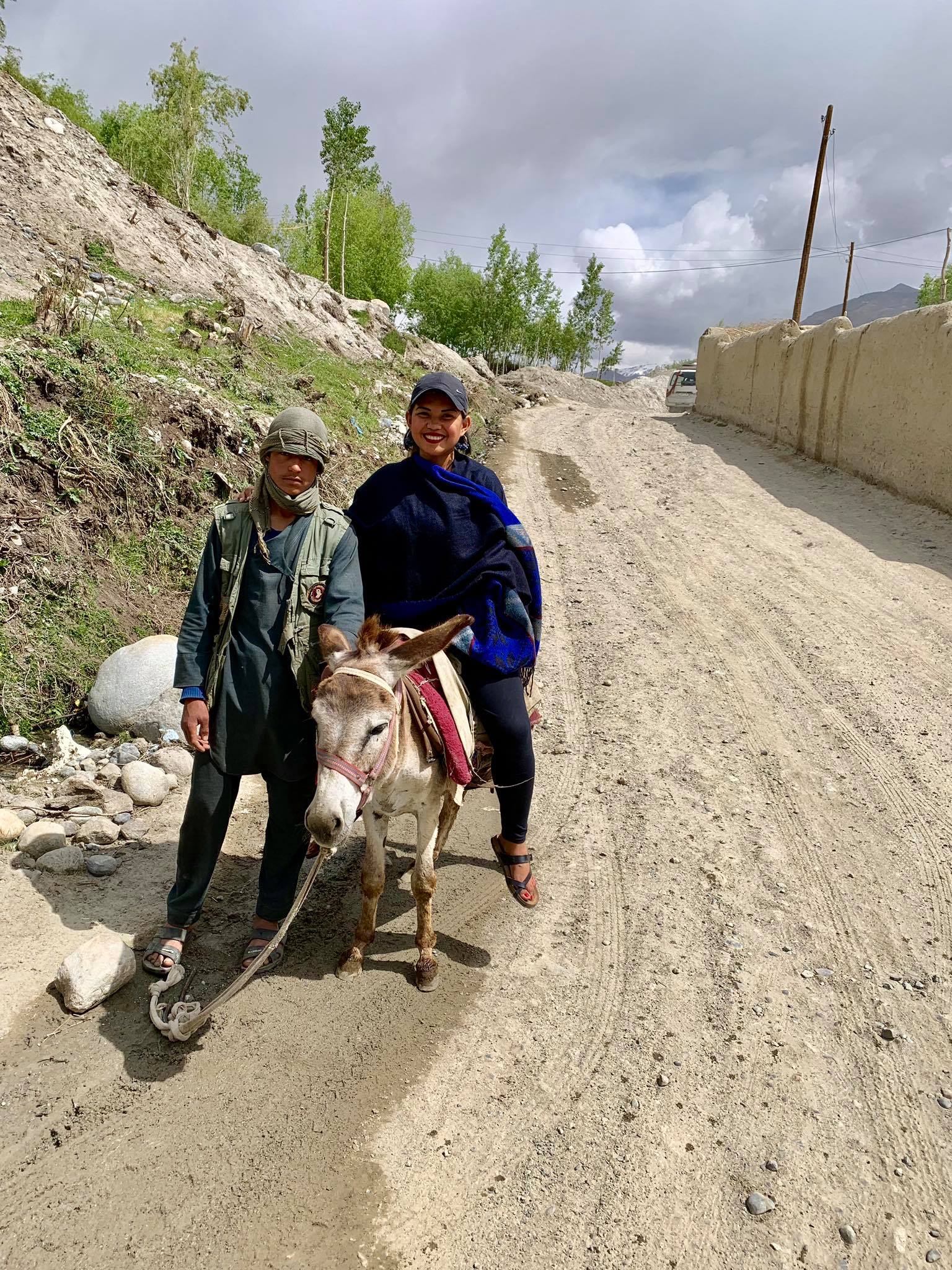
![7 Things To Do in Afghanistan [Best Places to Visit in Afghanistan]](https://twomonkeystravelgroup.com/wp-content/uploads/2021/06/7-Things-To-Do-in-Afghanistan-Best-Places-to-Visit-in-Afghanistan1.png)
![7 Things To Do in Afghanistan [Best Places to Visit in Afghanistan]](https://twomonkeystravelgroup.com/wp-content/uploads/2021/06/7-Things-To-Do-in-Afghanistan-Best-Places-to-Visit-in-Afghanistan2.png)
No comments:
Post a Comment